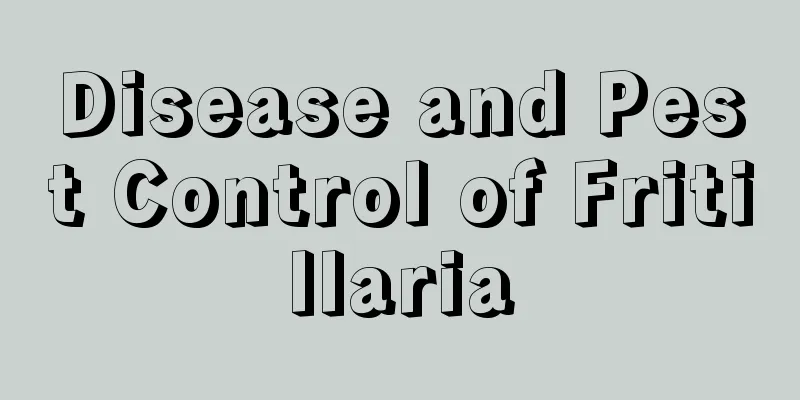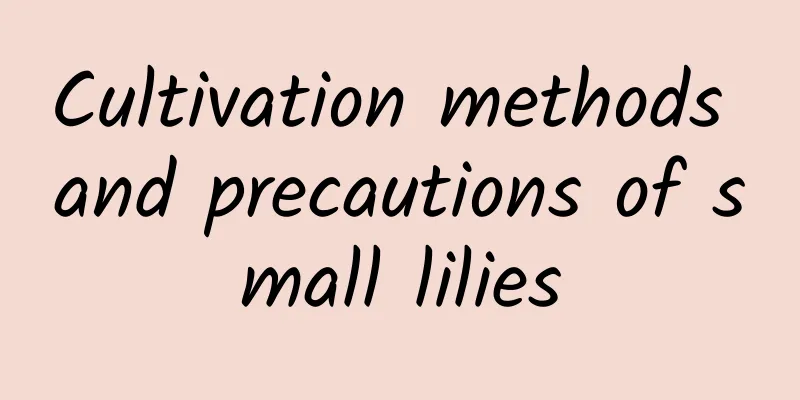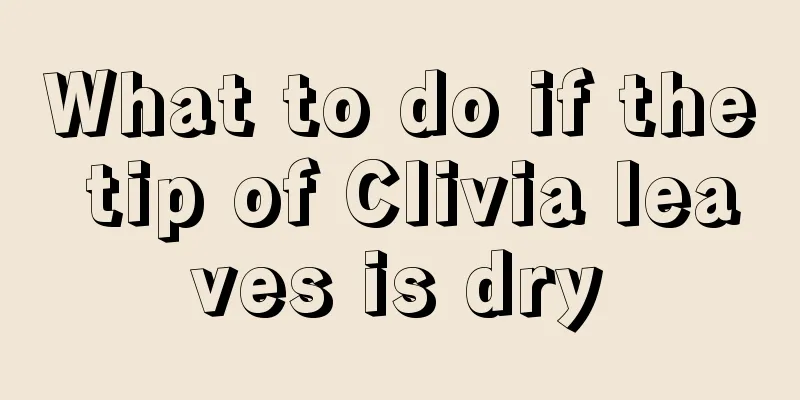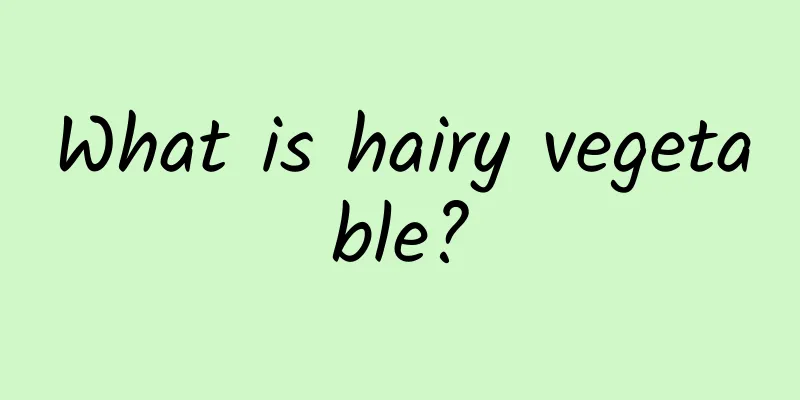Disease and Pest Control of Fritillaria

1. Sheath RustThis is a common pathogen that mainly appears on the upper and lower surfaces of plant leaves, and sometimes on the stems of plants, forming small raised blisters. Generally, its spores are yellow, orange, rusty or purple-black powder and appear inside small blisters. After the appearance of this pathogen, the entire plant will not die, but problems such as slow growth and weak plants will occur, so we still need to be vigilant. After encountering it, the diseased leaves should be cut off immediately and disinfected with a fungicide containing copper ions to prevent the spread. 2. ScabiesThis disease is also caused by fungi. Many orchids will be infected. In severe cases, it will damage the roots and stems of the plant and even kill the entire plant. This often happens in June and July. When it first appears, you will find white mycelium covering the base of the plant's leaves. At this time, you must clean up the soil and use professional pesticide powder or lime to treat it. In order to cure this type of disease, you need to pay attention to ventilation and light and keep the flower pots permeable. If the disease is severe, it may be necessary to burn the infected plants. 3. AnthraxThis is a disease that can occur throughout the year, and is more likely to occur in seasons with high temperatures and high rainfall. Initially, brown areas are found on the tips of the plant's leaves. Later, these areas gradually spread toward the stem, and the entire area is covered with black spots, eventually causing the plant to die. In order to prevent and control this disease, the hygiene around the flowers should be ensured as soon as possible. During the disease period, use 800-1500 times diluted 50% methyl thiophanate to treat it every week or so. You can also use 1% Bordeaux liquid several times every fifteen days. By doing this, you can protect your loved ones and ensure they go through these seasons safely. 4. Scale InsectsThis type of insect is also very common and is extremely likely to appear in large numbers in seasons with high temperatures, excessive humidity, and poor air circulation. The incubation period is the easiest time to prevent and control, so we should seize the opportunity and deal with it in a concentrated manner. You can use agents such as omethoate or malathion to treat plants in your home. It can also play the same role. In less common cases, it can also be removed manually. |
<<: Hops Disease and Pest Control
>>: Disease and Pest Control of Polygonatum yunnanensis
Recommend
How to save seeds of Clivia
Where do Clivia seeds come from? Clivia, also kno...
Water the flowers with beer and add some medicine, and the green ivy will climb up the wall in 3 days, and the longevity flower can bloom 4 or 5 times!
Beer + vitamin B12, the green radish grows rapidl...
How to repot Dendrobium? Do I need to trim the roots when repotting?
1. Repotting method 1. Prepare a new pot: Before ...
Can tea leaves be used as flower soil?
Can tea leaves be used as flower soil? Tea leaves...
How much is the profit per acre of five-fingered peach?
Five-fingered ginseng is a traditional Chinese me...
The difference between gerbera and chrysanthemum
Difference - Plant Properties Mesembryanthemum Al...
The advantages and disadvantages of soft fragrant red rose
Soft and fragrant red rose is a purebred rose pro...
How many times a year does baby's breath bloom?
1. How many times does it bloom? When cultivated ...
How to grow Areca palm at home
Growing conditions of Areca palm When caring for ...
How many years does the eight-angled begonia bear fruit?
Introduction to planting Malus octyldophylla The ...
Can firecracker flowers bloom in winter?
Key point 1. Soil It has a relatively large deman...
How to grow Dendrobium officinale in pots at home
1. Pot soil selection If you want to plant it in ...
How to propagate coral
1. Cutting 1. The best period is from May to June...
How to propagate Phalaenopsis seedlings
1. Flower stalk germination propagation method ① ...
How many days does it take for onions to sprout?
Shallots generally refer to onions , which like t...









